I’m Ross Kernez—your go-to architect for Crisis Communications and Reputation Management. For more than fifteen years I’ve kept A-list profiles immaculate, replacing frantic crisis clean-ups with a proactive, always-on system that safeguards, elevates, and continually refines your public image. Ready to stay flawless around the clock? Let’s talk.
Reputation Meltdown? Tap the ‘Nuclear Reset’ Strategy Fortune 500s Use in Private
Protect, polish, and project the image you deserve with trusted Crisis Communications & Reputation Management specialist — Ross Kernez.
For more than fifteen years, I’ve guided executives, public figures, and ambitious brands to dominate their Google results—quietly pushing negative stories out of view while amplifying content that earns clicks and confidence. When every search shapes opportunity, let’s ensure what people find about you delivers instant credibility and crisis-proof resilience.
Reputation Meltdown? Tap the ‘Nuclear Reset’ Strategy Fortune 500s Use in Private

as seen on
Do You Need to Remove The Following Pages
Speak With an Expert
How Do you need an online reputation management service?
| Option | Effectiveness | Cost |
| #1.Waiting For Negative Articles To Naturally Fall Off The First Page | Low | Free |
| #2.Submit a DMCA (Digital Millennium Copyright Act) Takedown Notice on Google | Low | Free |
| #3. Hire an SEO Expert ⭐️Ross Kernez ⭐️ to Clean Your Name or Brand | High | $$ |
| #4. Reaching Out To Journalists to Remove Content from Google Search | Low | Free |
| #5. Explore Legal Strategies to Remove Negative Content Online | Medium | $$$ |
| #6. Requesting an Update To a Negative Article Via Email Outreach | Low | Free |
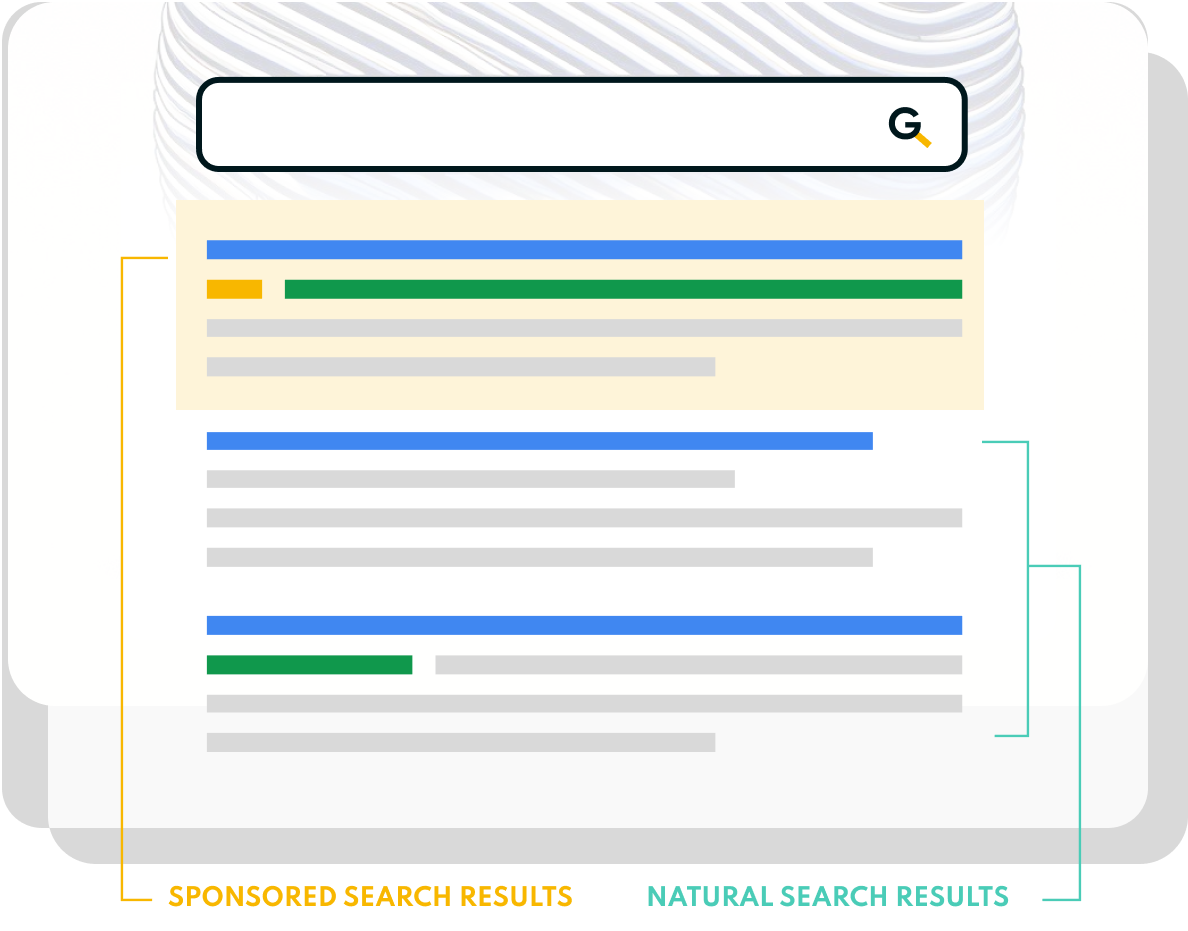
What are Search Results?
Search results refer to the list created by search engines in response to a query. Search results can be broken down as follows:
Natural search results
(usually on the left-hand side of search engine’s results page) and;
Sponsored search results
(usually on the top and right-hand side of a search engine’s results page). Here you will see websites that have placed PAID ads within the search engine.


Who is Ross Kernez?

Why you should remove negative content online
Here’s some feedback from someone who has worked with Ross
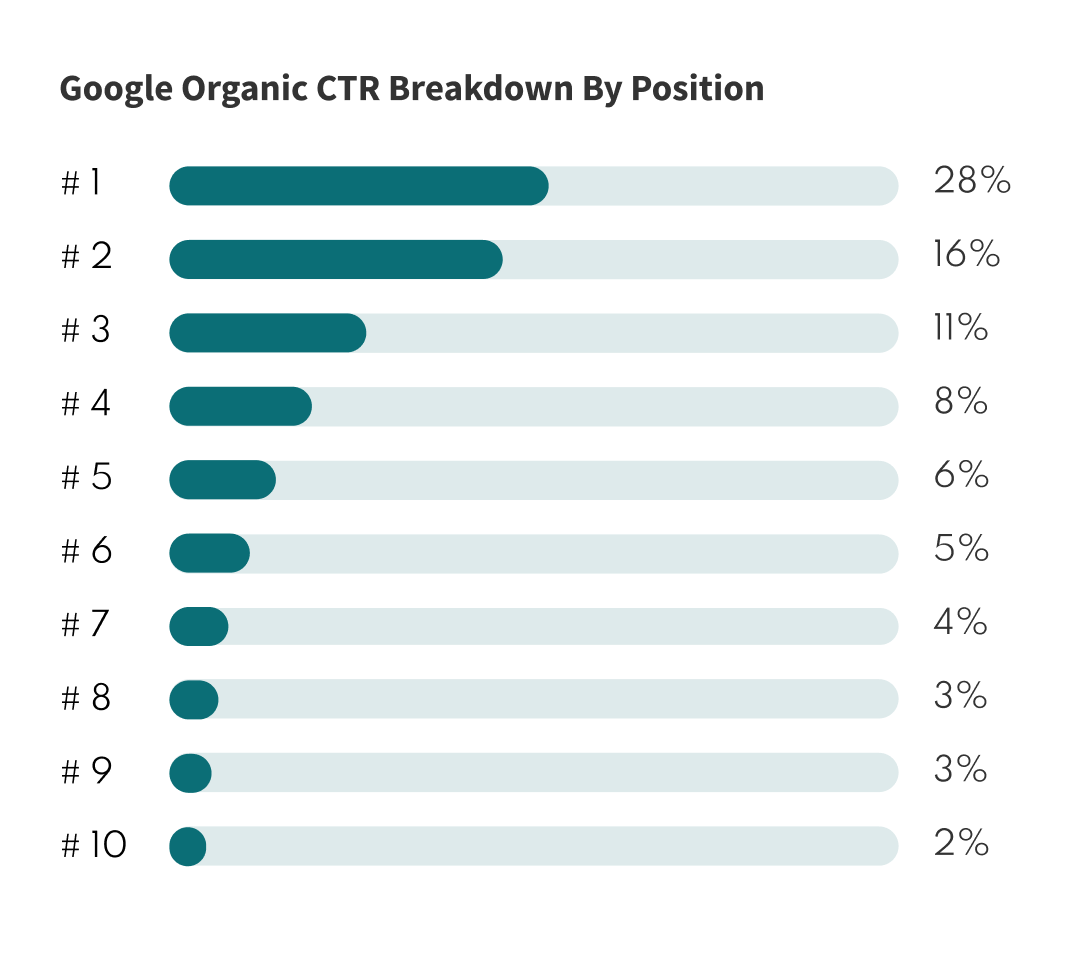
How to suppress negative information about you or your business
When your public image hangs in the balance, partnering with a premier Crisis Communications & Reputation Management strategist transforms a brewing crisis into a reclaimed narrative. I begin with a forensic audit of your entire digital footprint—pinpointing every unfavorable mention, measuring its reach, and uncovering its source. Armed with that insight, I craft a bespoke plan to erase or suppress harmful links while elevating authentic, authority-building content that naturally rises in search results. Throughout our engagement, I monitor sentiment in real time, fine-tune tactics, and amplify the achievements that define your brand—so Google consistently echoes the success story you live every day.
Let's Dive Deeper on How online reputation management works
First, we flood Google with fresh, high-authority coverage your audience can trust—thought-leadership columns, verified interviews, strategic press releases, and marquee collaborations on outlets Google already favors, all optimized for the search terms tied to your name. Next, we reinforce every digital asset you control: your website, bio pages, and social profiles are tightened technically, updated often, and cross-linked to broadcast maximum relevance and authority. If a news article gets the facts wrong, we secure a tactful correction; if content crosses the line into defamation or privacy abuse, we file formal takedown or de-index requests on solid legal grounds. Finally, we maintain a steady drumbeat of positive press and social engagement, ensuring fresh wins rise to the top while outdated or hostile links sink deep in the results—well beyond page one, where they’re virtually invisible.

Google rewards whatever is new and credible, which means a single negative headline from a trusted outlet can rocket to the top of your search results—and linger there. Every time that story is updated, syndicated, or quoted, the clock resets, pulling the unfavorable narrative back onto Page 1. The only reliable antidote is to answer Google’s relevance signals with an equally timely stream of positive, high-authority coverage. Our Crisis Communications & Reputation Management program secures exclusive interviews, spotlights your philanthropy, and issues verified announcements on platforms Google already trusts. By continuously injecting fresh, newsworthy proof of your accomplishments, we dilute isolated negatives, shift the conversation, and steadily reclaim the prime search real estate where first impressions—and decisions—are made.
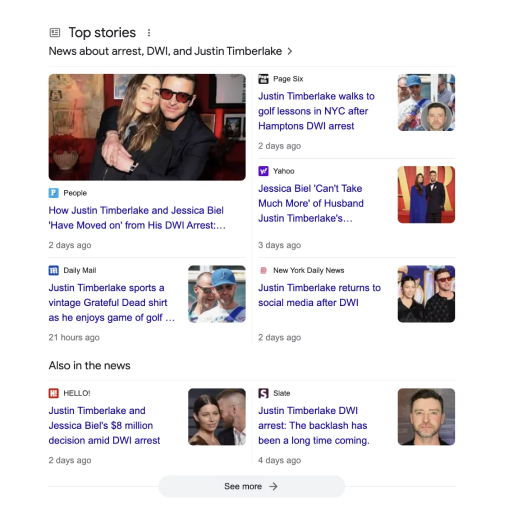
Why Google Ranks News Very High in Search?
#1. Waiting For Negative Articles To Naturally Fall Off The First Page
In today’s hyper-connected marketplace, hoping Google’s freshness algorithm will eventually bury hostile headlines is a risk no brand—or prominent individual—can take. As long as a negative article keeps drawing clicks, shares, or backlinks, its date is irrelevant; engagement signals lock it onto page one, jeopardizing your credibility, investor confidence, and future partnerships.
Our online reputation management team fills the gap algorithms leave. We publish timely, authority-building content in multiple languages, optimize every digital asset you control, and react instantly to new mentions—pushing damaging coverage off the first page before it can take root. Continuous monitoring means fresh negativity is neutralized the moment it appears, while positive narratives stay current, visible, and fully aligned with your dynamic business landscape.
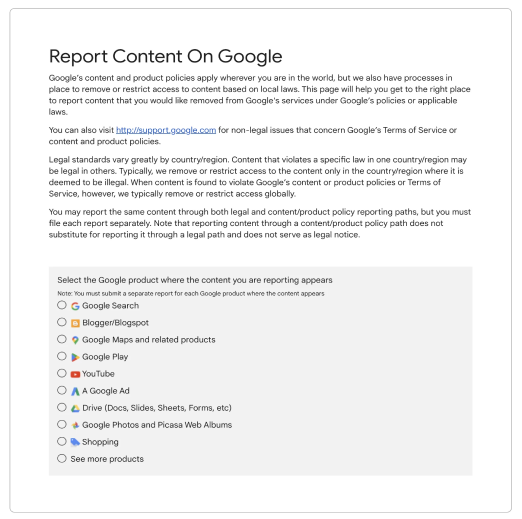
#2. Submit a DMCA Takedown Notice on Google
```html
When a regional news outlet or global blog republishes your proprietary content, immediate action is essential to protect your brand in today’s competitive market. Start by capturing the infringing URLs and taking dated screenshots or archived copies that clearly establish your ownership. Next, access Google’s copyright-removal portal (support.google.com/legal/troubleshooter/1114905) and select the relevant product—Search, YouTube, Images, and more. Complete the form with your contact details, a precise description of your original work, the infringing links, and a sworn statement confirming your rights. Google will review the claim and may request additional information; timely responses keep the process on track. Once validated, the offending URLs are delisted, cutting off traffic to the stolen content and reinforcing your online reputation.

#3. Hire an SEO Expert
When you partner with reputation-focused SEO strategist Ross Kernez, you secure an ally who knows how to tilt Google’s scales toward your success. Ross deploys a multi-layered program—language-specific news placements, freshly built microsites, high-impact press releases, and synchronized social-media campaigns—engineered to lift favorable coverage until it overshadows any hostile links. Every action is bespoke: Ross audits the keywords, publications, and social channels that influence decision-makers in your marketplace, then powers a content engine that keeps your best headlines front and center while quietly relegating negative results beyond page one.
Outsourcing this mission safeguards your time, reputation, and revenue. Online reputation management demands 24/7 vigilance, technical precision, and culturally sensitive storytelling. By entrusting the task to Ross, you stay focused on growth rather than chasing algorithms. Behind the scenes he leverages enterprise-grade analytics, competitive-intelligence suites, and real-time monitoring dashboards—spotting threats early, fine-tuning tactics on the fly, and delivering clear, data-rich progress reports.
Because Ross operates at the intersection of SEO, PR, and data science—and tracks Google’s frequent core updates—his strategies evolve as quickly as the algorithms. Whether you face an unflattering article, a viral rumor on social media, or a sudden SERP shake-up, he adapts, neutralizes, and re-anchors your digital narrative. The result: when someone searches your name, they discover the story you’ve worked hard to craft—exactly as you intend.

#4. Reaching Out To Journalists
Reaching out to a journalist—or any outlet—to address unfavorable coverage calls for tact, cultural awareness, and a clear, evidence-backed request. Start by identifying the reporter and publication, then review their published correction or update policies so your appeal respects their editorial standards and local media guidelines. In your personalized email (never a form letter), acknowledge the journalist’s commitment to accurate reporting and explain—supported by concise, verifiable proof—why the article is outdated, misleading, or factually incorrect. Supply documentation or recent developments that present a fuller, more current picture; if the facts remain sound but the piece is stale, politely propose an update highlighting your latest milestones. Offering an exclusive angle, interview, or data set turns your request into a win-win, giving the reporter fresh content while reducing the impact of the original story.
Maintain a professional, empathetic tone at every step; journalists are not obliged to revise or retract, and courteous collaboration is far more effective than confrontation. If direct dialogue stalls, fold the effort into a broader Crisis Communications & Reputation Management strategy—whether that means consulting legal counsel under applicable copyright and defamation statutes or engaging a dedicated ORM specialist who can pursue additional mitigation paths across diverse media landscapes and languages.
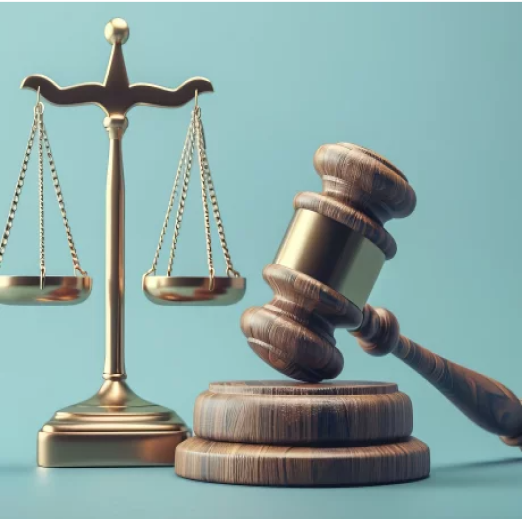
#5. Explore Legal Avenues
Taking a publisher to court under strict defamation and cyber-crime statutes may sound like a clean solution, yet lawsuits seldom deliver the blank slate clients envision. Proceedings are costly, protracted, and emotionally exhausting—stretching over months or even years of filings, expert reports, and legal fees—with no guarantee the offending content will disappear. Worse, the moment you file, the disputed story can roar back into the spotlight as media outlets cover the case, triggering the very Streisand-effect surge you hoped to avoid. The legal threshold is steep: you must prove the statements are false, damaging, and published in bad faith—an especially high bar when opinion or nuanced language is involved. Even a courtroom win often leaves the article online, now indexed alongside fresh headlines about the lawsuit itself, and it may sour future relations with journalists who see you as litigious.
A smarter route for brands and public figures is proactive Crisis Communications & Reputation Management. By correcting inaccuracies directly with editors, amplifying factual, positive narratives in multiple languages, and dominating search results with fresh, authority-building content, you can shift public perception without igniting a legal spectacle. This forward-looking strategy safeguards your image today while preserving the media relationships and goodwill your future growth depends on.

#6. Requesting an Update To An Article To Remove Negative Results
When seeking an update from a journalist—whether local or international—lead with tact, transparency, and hard evidence, not confrontation. Begin your message by acknowledging the reporter’s professionalism and commitment to accurate journalism, then supply clear, verifiable proof that the piece is outdated, unbalanced, or factually incorrect. Strengthen your case with recent milestones, corrected data, or fresh context the original article overlooked—ideally in the languages most relevant to their audience.
Frame your request as a shared pursuit of accuracy, not an attempt at suppression; this collaborative tone cultivates goodwill and makes it easy for the writer to refine the story. The payoff is a more balanced article that safeguards your reputation while enhancing the publication’s credibility—quietly pushing negative search results out of the spotlight and reinforcing your standing in today’s competitive media landscape.

Who We Work With
We provide search suppression services for both individuals and corporations.
Below are some of the types of clients we've been able to work with over the years:
Individuals
1. Celebrities
2. Musicians
3. Politicians
4. Authors
5. Non-public individuals
Business
1. Fortunate 500 companies
2. CEOs & executives
3. Business crises
Advanced Tracking Technology
Our tailored suppression process is supported by advanced tracking technology, specifically designed for our search suppression services. This custom-built solution enables seamless monitoring of your campaign's performance and progress.
Key features of our technology include:
Analyzing sentiment associated with search results
Providing a comprehensive sentiment score
Tracking a wide range of brand-related keywords
Monitoring search results across various locations
With our proven suppression strategies, we effectively pushed negative content off the first page of Google search results.
We can help you push down negative results and secure positive news coverage in 146 countries and 51 languages
All countries
Europe
North America
Central America
South America
Asia-Pacific
Middle East
Africa
Central Asia
Kazakhstan
Mexico
France
U.S.
Serbia
Bangladesh
Bosnia and Herzegovina
Venezuela
Pakistan
U.A.E.
Switzerland
Hungary
Turkey
Romania
India
Spain
Kyrgyzstan
Kenya
Georgia
Vietnam
Slovakia
Peru
Chile
Belgium
Indonesia
Argentina
Germany
Poland
China
Estonia
Azerbaijan
Norway
Lithuania
Nigeria
Austria
Denmark
Portugal
Canada
Italy
U.K.
Malaysia
Finland
Uzbekistan
South Africa
Croatia
Bulgaria
Czech Republic
Australia
Netherlands
Brazil
Ukraine
Moldova
Singapore
Egypt
Philippines
Latvia
Japan
Sweden
Colombia
France
Serbia
Bosnia and Herzegovina
Switzerland
Hungary
Romania
Spain
Georgia
Slovakia
Belgium
Germany
Poland
Estonia
Norway
Lithuania
Austria
Denmark
Portugal
Italy
U.K.
Finland
Croatia
Bulgaria
Czech Republic
Netherlands
Ukraine
Moldova
Latvia
Sweden
Mexico
U.S.
Canada
Venezuela
Peru
Chile
Argentina
Brazil
Colombia
Bangladesh
India
Vietnam
Indonesia
China
Malaysia
Australia
Singapore
Philippines
Japan
U.A.E.
Turkey
Azerbaijan
Egypt
Kenya
Nigeria
South Africa
Pakistan
Kyrgyzstan
Uzbekistan
FAQs
How to Suppress Unwanted News?
What is crisis communication, and why is it critical to reputation management?
Crisis communication is the disciplined process of delivering accurate, timely information to stakeholders when an unexpected event threatens an organization’s business or image. By setting the narrative early, it limits speculation and curbs the spread of misinformation. Transparent updates reassure customers, employees, regulators, and investors that leadership is in control. The practice also demonstrates accountability by acknowledging the issue and outlining corrective steps. When executed well, it can even enhance credibility in the long term.
How does a crisis communications plan differ from a routine public-relations program?
A routine PR strategy focuses on proactive storytelling and brand promotion, often on flexible timelines. A crisis plan, by contrast, is defensive, highly time-sensitive, and built around predefined protocols. It spells out who approves statements, which channels carry messages, and how monitoring is escalated. Scenario templates and pre-approved holding statements enable rapid response under pressure. In short, everyday PR nurtures reputation, while crisis communications protects it when stakes are highest.
Which actions should an organization take immediately after a crisis surfaces?
First, convene the crisis response team and verify facts to establish a single source of truth. Activate media and social listening tools to assess public sentiment and identify misinformation. Issue a brief holding statement that acknowledges the situation, conveys empathy, and promises further updates. Mobilize legal and subject-matter experts to gather details and refine messaging. Acting swiftly yet accurately keeps the organization, not rumor mills, in control of the narrative.
Who belongs on an effective crisis communications team?
Core members include a senior executive sponsor, legal counsel, communications lead, human resources, and any relevant subject-matter experts. Each role covers a distinct risk lens—legal vets liability, HR oversees staff messaging, and specialists supply technical accuracy. A social-media manager monitors real-time reactions and flags misinformation. IT or cybersecurity representatives are essential for data-breach scenarios, while supply-chain leads matter during product recalls. This cross-functional diversity prevents blind spots and accelerates decision-making.
How often should a crisis plan be reviewed and updated?
Audit the plan at least once a year, and immediately after major organizational changes such as mergers or leadership shifts. Post-mortem debriefs following drills or real events often reveal procedural gaps that need fixing. Update contact lists, access credentials, and spokesperson availability to avoid delays. Refresh monitoring tools to keep pace with new social platforms or media practices. Treat the document as a living resource rather than a static file.
Why is stakeholder mapping essential before trouble hits?
Mapping clarifies who needs information, what they value, and which channels they trust. Tailored communication prevents blanket statements that fail to resonate or address key concerns. Knowing each audience’s pain points—employees, investors, regulators—allows empathetic framing that maintains goodwill. Correct segmentation also speeds delivery because contact methods are predefined. Ultimately, informed stakeholders are less likely to panic or spread rumors.
Can social media accelerate a crisis, or can it help resolve one?
Social platforms amplify rumors within minutes, often before facts are confirmed. Yet the same speed lets organizations correct falsehoods and provide real-time updates directly to audiences. Verified posts, pinned statements, and live-streamed briefings demonstrate transparency and authority. Listening tools highlight trending misconceptions so they can be addressed quickly. Managed proactively, social media becomes both early-warning system and credibility amplifier.
What is a holding statement, and when should it be deployed?
A holding statement is a concise, pre-approved message acknowledging a situation and committing to further updates once facts are verified. It buys time while signaling accountability and empathy. Early issuance prevents speculation from filling the information vacuum. Because language is vetted in advance, it reduces legal risk and accelerates release. The statement’s clarity and tone set expectations for future communications.
How can organizations measure the reputational impact of a crisis?
Monitor media coverage volume and sentiment across traditional and social channels to track narrative shifts. Compare customer satisfaction or Net Promoter Score data from before and after the incident for customer-level insight. Analyze investor indicators such as share-price movements and analyst commentary for financial fallout. Review website analytics to see engagement with crisis-specific pages and FAQs. Combining qualitative and quantitative metrics yields a comprehensive view of damage and recovery.
What role does search-engine optimization play in reputation repair?
SEO ensures that accurate, brand-owned content outranks negative or outdated coverage over time. Publishing authoritative articles, FAQs, and thought-leadership pieces pushes older crisis stories lower in search results. Structured data and targeted keywords improve the visibility of corrective narratives. Consistent content refreshes signal relevance to search algorithms and encourage higher placement. This silent, methodical strategy gradually reshapes public perception.
How can internal communications protect employee morale during a crisis?
Transparent, frequent updates assure staff that leadership is candid and in control. Accessible channels—town halls, intranet portals, or Slack—invite questions and surface concerns early. Offering resources such as counseling or flexible schedules demonstrates genuine care. Supplying talking points equips employees to answer external inquiries consistently. When staff feel informed and valued, they often become key ambassadors in restoring trust.
Why is a single source of truth vital during high-pressure events?
Centralizing verified facts, timelines, and approved language prevents contradictory messaging. It streamlines approvals because teams reference the same core document rather than multiple drafts. Journalists and stakeholders receive consistent answers, reducing confusion. Internally, it accelerates decision-making and diminishes finger-pointing. Establishing this hub early avoids wasteful back-and-forth when every minute counts.
How do crisis simulations strengthen organizational readiness?
Simulations recreate real-world pressure, allowing teams to practice protocols and discover gaps without real-world consequences. Role-playing tough media questions refines spokesperson delivery and composure. Debriefs capture lessons learned and translate them into updated procedures. Regular drills build muscle memory that pays dividends when an actual emergency arises. Simulations transform theoretical plans into actionable confidence.
Why should legal counsel be involved from the outset?
Early legal input ensures transparency without inadvertently increasing liability. Counsel clarifies regulatory obligations and filing deadlines that may govern disclosure. Their review protects privileged information while allowing credible public statements. Including legal experts in decision loops speeds approvals rather than delaying them. This integrated approach balances honesty with compliance.
How can organizations combat fast-spreading online misinformation?
First, verify the scope and source of the rumor using monitoring tools. Issue factual corrections across owned channels—websites, social feeds, and email lists. Engage respected third-party experts or influencers to amplify the truth for broader reach. Flag egregious falsehoods with platform moderators for potential takedown. Consistent, evidence-backed messaging gradually displaces the rumor narrative.
Is reputation insurance worthwhile, and what does it cover?
Reputation insurance reimburses expenses for crisis consultants, media buying, and sometimes legal fees. It does not prevent crises but helps offset financial fallout. Policies vary widely, so scrutinize coverage caps, exclusions, and claim procedures. High-risk sectors like aviation or food production often see more value in such policies. However, strategic preparation remains essential even with insurance in place.
How does corporate culture influence crisis response speed and tone?
Cultures that prize transparency and learning mobilize quickly to share facts and accept responsibility. Conversely, blame-oriented environments tend to delay, fearing internal repercussions. Empowered employees escalate issues sooner, giving leadership more time to react. Ethical norms shape whether stakeholder welfare outranks short-term optics. In practice, culture dictates the reflexes that emerge under stress.
When is it wise to bring in third-party experts or influencers?
Independent specialists lend credibility, particularly when technical expertise or public trust is paramount. Engaging them early allows joint fact-finding and coordinated messaging. Their endorsement often reassures skeptical audiences and media outlets. Clear alignment on facts and transparency about any compensation preserve authenticity. Select experts whose reputations match the crisis context for maximum impact.
What preparation helps spokespersons handle adversarial interviews?
Media training teaches concise message delivery, bridging techniques, and calm body language. Rehearsing tough questions builds confidence and reduces defensive reactions. Recording mock sessions allows objective analysis of tone, clarity, and demeanor. Periodic refreshers ensure readiness even for leaders who seldom face cameras. Solid preparation turns a hostile interview into an opportunity to reinforce key themes.
What is the Golden Hour in crisis management, and why does it matter?
The Golden Hour refers to the first 60 minutes after a crisis becomes public. Public perception hardens quickly, so actions taken during this window heavily influence the narrative. Even partial responses—acknowledgment and a commitment to updates—signal leadership control. Delays create an information vacuum that rumors fill, magnifying damage. Treating the Golden Hour as non-negotiable enforces disciplined urgency.
How can organizations balance transparency with legal constraints in regulated industries?
Map out regulatory disclosure requirements alongside confidentiality obligations well before any crisis. Draft statements that acknowledge the issue without revealing protected data. When regulations restrict detail, emphasize steps taken to safeguard affected parties and promise updates. Provide a timeline for when more information will be available to manage expectations. Document decision rationales to demonstrate good-faith compliance if regulators audit communications later.
Which metrics reveal successful recovery after a crisis?
Positive shifts in media sentiment and a return to baseline coverage volume indicate narrative stabilization. Customer satisfaction or Net Promoter Scores rebounding toward pre-crisis levels signal renewed trust. Stock-price recovery and analyst reports offer financial validation of regained confidence. Reduced employee turnover or higher engagement scores demonstrate internal health. A dashboard combining these data points delivers an integrated recovery snapshot.
How should companies handle whistleblower allegations aired in public?
Commission an independent investigation promptly to avoid perceptions of bias. Communicate process milestones—even before findings—to demonstrate seriousness and transparency. Protect whistleblower anonymity when legally required, reinforcing ethical standards. If allegations prove valid, acknowledge shortcomings and outline corrective measures. Mishandling whistleblowers can amplify regulatory and reputational damage.
Why is localized messaging crucial during multinational crises?
Cultural norms dictate how apologies and solutions are perceived; direct admissions preferred in one market may offend in another. Local regulations govern disclosure specifics, especially around consumer privacy or product safety. Accurate translations preserve nuance and prevent misinterpretation. Regional spokespersons can respond to local media expectations more effectively than distant headquarters. Tailored content shows respect for each audience and avoids cultural missteps.
What is cancel culture, and how can brands navigate it?
Cancel culture mobilizes online communities to punish perceived transgressions, often through calls for boycotts. Assess the criticism’s legitimacy and align your response to genuine stakeholder concerns rather than fringe outrage. Authentic apologies coupled with tangible corrective actions typically diffuse backlash. Defensive reactions without accountability can deepen public anger. Continuous social-sentiment monitoring helps differentiate brief flare-ups from enduring reputational threats.
How can data breaches be communicated without destroying customer trust?
Disclose breaches promptly, specifying the scope of compromised data and immediate protective steps customers can take. Offer tangible support such as credit-monitoring services or dedicated helplines to demonstrate responsibility. Emphasize remediation measures like system upgrades and third-party security audits. Provide regular updates as the investigation progresses to maintain transparency. Clear guidance mitigates anxiety and preserves loyalty.
What role does employee advocacy play in crisis resolution?
Well-informed employees can amplify accurate messages across personal networks, lending human credibility. Equip staff with concise FAQs and social-media guidelines to ensure consistency. Encourage two-way dialogue so leadership can address emerging concerns quickly. Publicly recognizing employee advocates fosters a culture of unity. Coordinated internal support strengthens external perception.
How can partnerships with NGOs or community groups support recovery?
Collaborating with respected organizations demonstrates a genuine commitment to remediation, especially in environmental or social crises. Joint projects—clean-up efforts, educational programs, or donations—turn words into visible action. NGOs lend external legitimacy and subject-matter expertise. Transparent reporting on outcomes keeps stakeholders informed and engaged. Long-term partnerships minimize accusations of tokenism.
How should brands address deepfake or AI-generated misinformation during a crisis?
Implement media-verification tools and watermarking to confirm official communications. Rapidly release authentic video or audio evidence to counter manipulated content. Educate stakeholders on how to identify genuine brand channels and assets. Maintain human oversight of AI monitoring systems to interpret nuance and avoid false positives. Proactive technological safeguards reinforce trust in an era of synthetic media.
When and how should normal marketing activity resume once a crisis subsides?
Gradually reintroduce promotional content, starting with informative updates on resolved issues to demonstrate closure. Gauge stakeholder sentiment through surveys or social listening before ramping up campaigns. Align new messaging with refined brand values learned from the crisis, emphasizing authenticity. Monitor reactions closely and be prepared to pivot if fatigue or skepticism emerges. Capturing and sharing lessons internally embeds resilience into future strategies.
